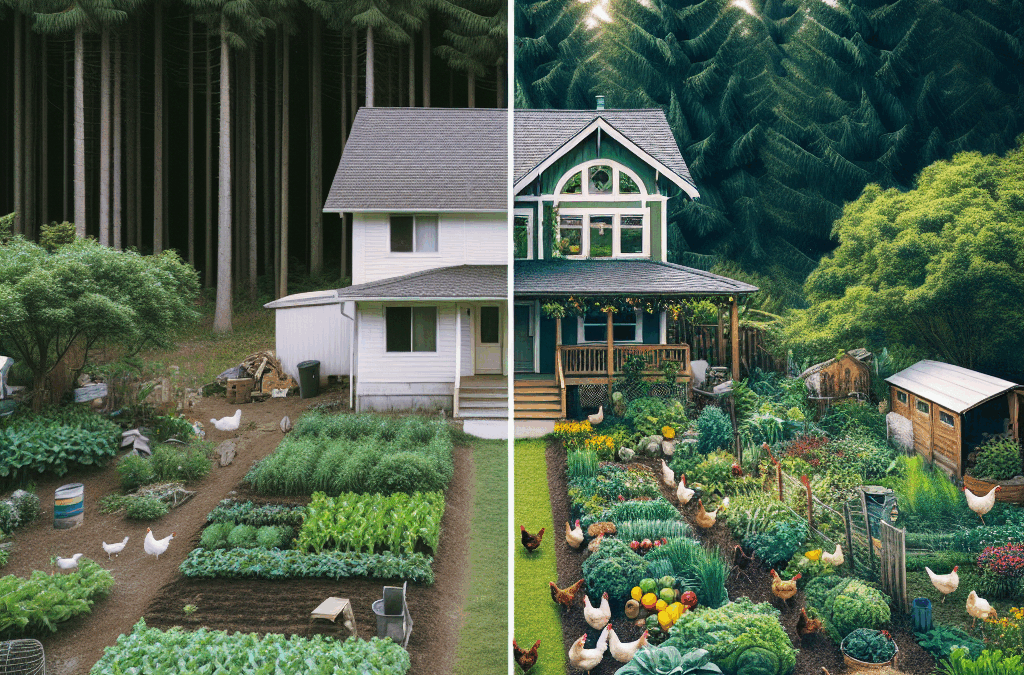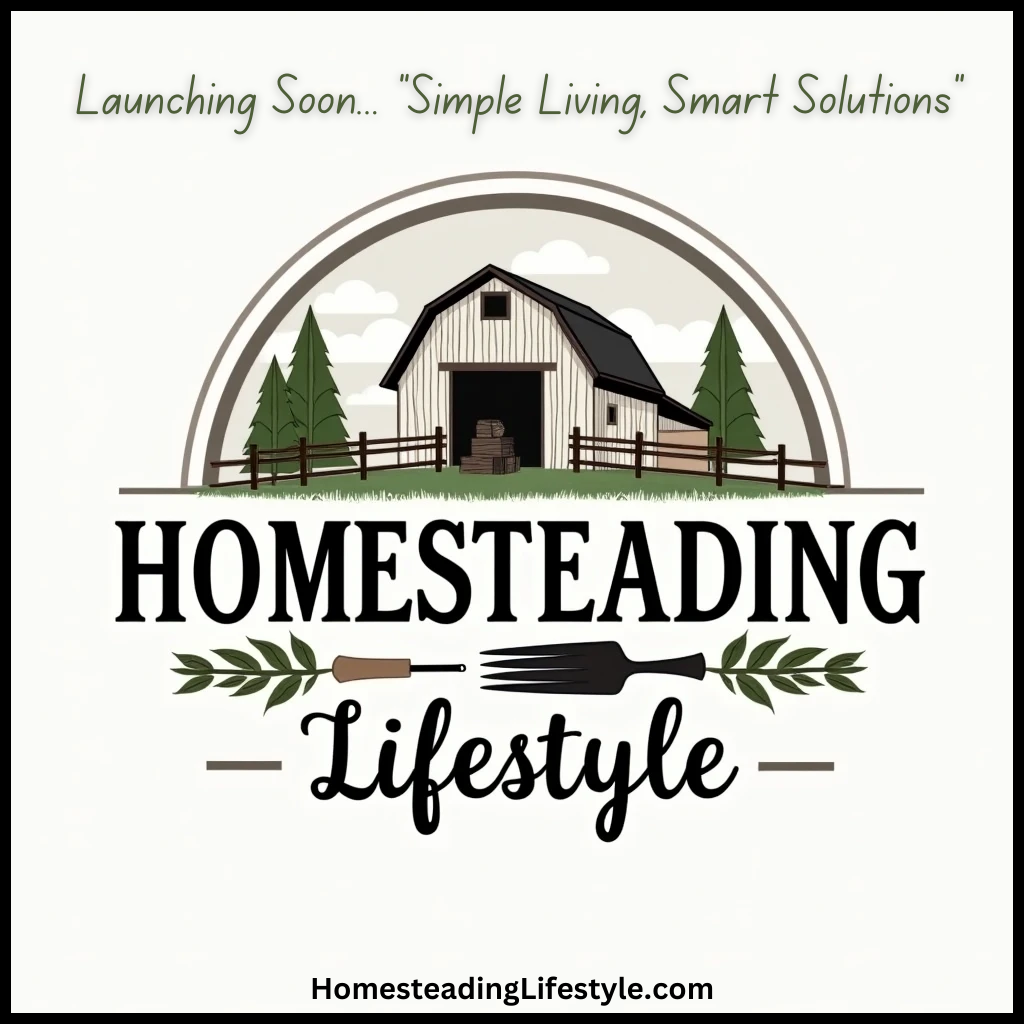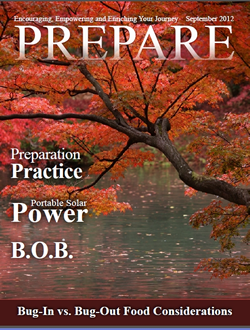Planning Your Homestead Layout
Assessing Your Property
First thing’s first: take a good look at your property. I mean really assess it! You’ll want to map out all the potential spaces you can use for growing vegetables, raising animals, and other homesteading activities. Think about sun exposure, drainage, and accessibility when you’re sizing things up. Believe me, a little time spent here will pay off massively later.
Next, consider the existing structures—any barns, sheds, or even an old garage can be repurposed. Maybe there’s a cozy corner begging for a greenhouse. You’d be amazed at what you can create when you look beyond the surface!
Lastly, jot down your goals. Do you want to grow your own food, raise livestock, or maybe both? Setting clear objectives can help you visualize how to best use your property for maximum benefit.
Designing Your Garden Spaces
Now that you’ve assessed your property, it’s time to get creative with garden design. Think about the layout—raised beds, traditional rows, or perhaps permaculture-style food forests? Each option has its own strengths and can contribute to the ecology of your space.
When designing your garden, factor in companion planting. Some plants thrive with others, while some need a little distance! I’ve had the best experiences with tomatoes and basil, both in aesthetic and culinary terms.
It might be tempting to just throw seeds into the soil and hope for the best, but I assure you that planning ahead will lead to more abundant yields. Consider your local climate and the seasonal changes you’ll face throughout the year.
Creating Livestock Areas
Ah, livestock! This is where the homesteading fantasy often gets real. Whether you want chickens for eggs, goats for milk, or even a couple of pigs, it’s crucial to think about their habitats. Space and cleanliness are paramount—both for the animals’ health and for your peace of mind.
You’ll need to fence off areas well to keep your critters safe from predators. I learned this the hard way—don’t skimp on the fencing! A robust space will keep your animals secure and happy.
Also, consider how you’ll integrate your livestock into your garden plan. They can actually help with tasks like fertilization and pest control if managed wisely.
Choosing the Right Plants
Understanding Your Local Environment
Before planting anything, take a step back and really consider the local conditions. The last thing you want is to be wrestling with plants that just won’t thrive due to unsuitable soil or climate. I find it exciting to research native plants that can flourish without a lot of fuss.
Getting to know your USDA hardiness zone is key. This little tidbit tells you a lot about what types of plants will work in your area. By aligning your plant choices with your local environment, you set yourself up for success.
Local gardening groups or online forums can also be goldmines for information. Connecting with fellow homesteaders and gardeners can help you discover what works best in your area.
Choosing Heirloom vs Hybrid Plants
When it comes to plants, one big question arises: should you go for heirloom or hybrid? Personally, I’m a fan of heirlooms—they often taste better and can provide seeds that you can save for next season.
On the flip side, hybrids can sometimes offer better resilience and higher yields. They are engineered to handle various environmental stresses, which can be a game-changer when your patience is running low.
Deciding between them might feel overwhelming, but I find a mix often yields the best results. You get the flavor of the heirlooms while also enjoying the reliability of the hybrids!
Crop Rotation and Diversity
Don’t forget the importance of crop rotation and diversity! Planting the same thing in the same spot year after year can deplete soil nutrients and encourage pests. Switching it up helps keep your soil vibrant and your pantry stocked.
Using companion planting also enriches this process. Certain plants can benefit from being sown near each other, and I’ve found that creativity in planting can vastly enhance crop health.
Keeping a gardening journal can help track what worked well and what didn’t as the seasons go by. It’s kind of like having your own homesteading guidebook at your fingertips!
Implementing Sustainable Practices
Water Conservation Techniques
Water is a precious resource, especially when you’re trying to cultivate a thriving homestead. I found that rainwater harvesting is a fantastic way to keep your plants hydrated without breaking the bank. Setting up barrels under your downspouts can really rack up savings while doing wonders for your garden.
Additionally, drip irrigation systems can deliver water directly to the roots—avoiding evaporation and promoting efficiency. I love how this method not only conserves water but also gets my plants what they need directly!
Lastly, mulching is a simple yet effective technique that helps keep moisture in the soil. Plus, it can suppress weeds, which is a huge bonus in terms of labor and maintenance!
Composting for Fertility
If you’re not composting yet, seriously, what are you waiting for? Composting creates nutrient-rich soil from your kitchen scraps and yard waste, which is a game changer for plant health. Starting a compost pile doesn’t require a lot of fancy equipment—it can be as simple as tossing your veggie scraps in a corner of your yard!
Rotating your compost materials helps break them down faster. Remember, a mix of green materials (like veggies) and brown materials (like dried leaves) leads to the best results.
During my early composting days, I learned that patience is key. But when you finally dig into that dark, crumbly treasure, it feels so rewarding and totally worth the wait.
Permaculture Principles
Incorporating permaculture principles into your homestead can really set your efforts apart. This holistic approach encourages a design that works with nature rather than against it. I love the idea of creating a self-sustaining ecosystem on my property.
Start by drawing up a plan that considers all components of your homestead—from plants to animals to water management systems. This interconnectedness mimics natural systems and can lead to a more efficient setup overall.
And don’t forget to observe! The more you watch how everything interacts, the more you’ll discover ways to make your land thrive naturally.
Building Community Connections
Joining Local Homesteading Groups
One of the best decisions I made was to jump into my local homesteading community. Groups often have resources, workshops, and skills shares that are invaluable for both beginners and veterans alike. Don’t be shy—reach out!
Participating in local events can also help you form friendships and partnerships. You never know when you might find a neighbor willing to trade eggs for veggies!
Online communities are great too, especially if you live in a remote area. Joining forums or social media groups can provide a real sense of connection and support.
Exchange Local Goods and Services
Bartering is a fantastic way to support each other while keeping costs down. For example, maybe you’re great at bread baking while a neighbor knows all about beekeeping. Why not swap skills or goods?
By valuing what each of us brings to the table, we can all benefit from one another’s strengths. Plus, it builds a sense of community that’s hard to replace!
Remember, everyone has something to offer. Don’t hesitate to put it out there—there’s a good chance you’ll discover a neighbor willing to join in on your homesteading journey.
Hosting Workshops and Events
Once you’re comfortable with your skills, consider sharing your knowledge! Hosting workshops on gardening, canning, or livestock care can empower your community and elevate your place as a local resource. I’ve hosted a few myself, and the joy of sharing what I love is unmatched!
People love learning practical skills, and beyond just teaching, you’re likely to gather some new friends in the process. Plus, it’s a great way to establish your homestead as an authority in the community.
Keep your events simple and open to all skill levels. Remember, everyone started somewhere!
Growing Your Skills and Knowledge
Continuous Learning and Adaptation
Homesteading is a journey, and there’s always something new to learn. Embrace the idea of continuous education, whether it’s through books, online courses, or hands-on experiences. I’ve found that the more I learn, the more I feel connected to my land.
Experimentation is key. Don’t be afraid to try new techniques or crops, even if you might fumble the first time around. Every mistake is a lesson in disguise!
Documenting your journey via a blog or journal not only keeps track of your successes and failures, but it can become a valuable resource for others looking to embark on their own homesteading adventures.
Attending Workshops and Events
Never underestimate the power of in-person workshops! I love attending local classes to pick up new skills, from cheese-making to herbal healing. These hands-on experiences are incredible opportunities to learn from experts while also making new friends.
Not only do these events enhance my skills, but they also fuel my passion for becoming more self-sufficient. It’s exciting to learn something that I can immediately apply on my homestead.
Always check community bulletin boards or local farming organizations to find out about upcoming events. You never know what gem of knowledge you could unearth!
Embracing Failure and Learning from Mistakes
One thing I’ve learned the hard way is that mistakes are a part of the process. The first garden I planted produced little more than weeds! But those failures turned into my most insightful lessons.
When things go awry, try to keep a level head. Analyzing what went wrong gives you a chance to prevent it from happening again in the future. Trust me, nothing beats that feeling of growing something after a tough lesson learned!
Join online discussions where folks share their blunders, too. There’s a camaraderie in shared experiences, and it helps to know you’re not alone in your hiccups!
FAQs
1. What should I prioritize when starting my homestead?
Start by assessing your property and planning out your layout. Focus on determining your goals, whether it’s growing food, raising animals, or both. That clarity will guide your next steps!
2. How can I efficiently use water on my homestead?
Implement rainwater harvesting and consider a drip irrigation system to conserve water. Mulching can also help keep moisture in the soil long-term.
3. Are heirloom plants better than hybrids?
It really depends on your goals! Heirlooms often offer better flavor and the ability to save seeds, while hybrids can provide higher yields and better resilience. A mix works well for many homesteaders.
4. What are the best ways to learn about homesteading?
Join local groups, attend workshops, and engage in online forums. Books and hands-on experiences are also incredible resources for expanding your knowledge and skills.
5. How do I effectively connect with my local community?
Join local homesteading groups, participate in events, and don’t hesitate to share your knowledge. Bartering goods and hosting workshops can significantly strengthen those community ties.





